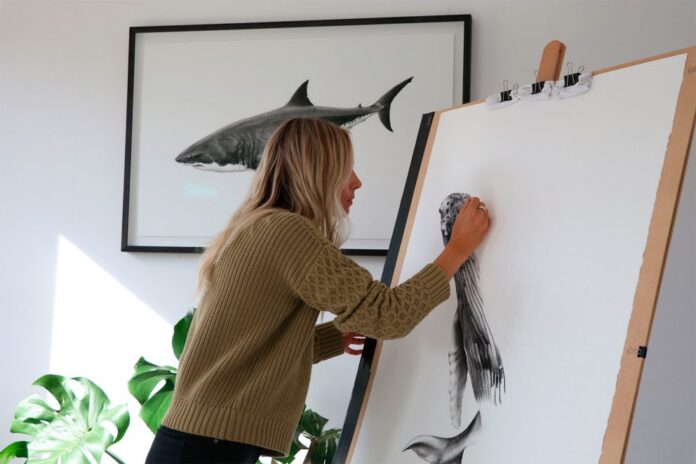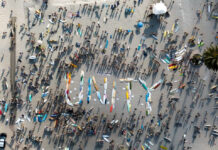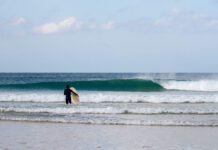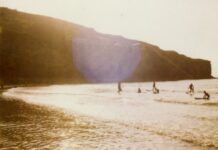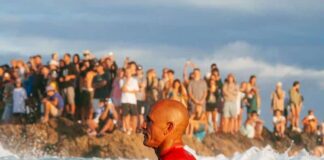You have chosen pencil and charcoal as your primary mediums. How come? And how different are them from each other?
I like the level of detail and precision that can be achieved with both mediums. Time and scale are the deciding factors I consider when choosing between pencil and charcoal. Pencil is a great medium for very fine, intricate work. The drawback is, it’s quite time-consuming so for larger pieces, I switch to charcoal because I can cover a larger area more quickly. Because of the way I work with charcoal, and the level of intricacy I want to achieve, it’s still not a quick process but it wouldn’t be feasible in pencil.
You’re currently working on your marine life series, featuring fauna and flora from the ocean’s depths and coastal regions. How do you choose the subjects of your drawings? And what is your process like?
My inspiration for choosing a subject is constantly changing, as does my process, depending on what I’m drawing. A large-scale charcoal piece requires a different method than a smaller piece in pencil. As does the research element, depending on the subject matter.
Artists who draw in the realism style will typically work from a reference image or a series of images. I always try to source and photograph what I can, although some subjects prove more difficult than others. The seedpod for my banksia piece was carefully considered and collected from my neighbour’s garden. I spent a considerable amount of time choosing one that would create the right composition and took a number of photographs before settling on one I was happy with. As much as I would love to photograph humpback whales it’s not something I can easily do, so I found a beautiful image from Jeremy Cresswell and he kindly permitted me to use it as a reference.
In both instances, I’ll start with a preliminary sketch, which is almost like the bones of your drawing. This is probably the most crucial part because if it’s off from the start, the end result is going to look off. For larger pieces, I’ll work sitting or standing at my easel and for smaller pieces, I’ll work at my drawing table. The easel is great when I’m working on a large piece because I can take a step back and see the whole image taking form, and come in closer to work on the details.
After the preliminary sketch, I put down the base layer, starting with the shadows and then moving into the lighter areas. This step involves a lot of blending to build form. Then it’s just a matter of adding shadows and subtracting highlights repeatedly, which creates depth and details.

